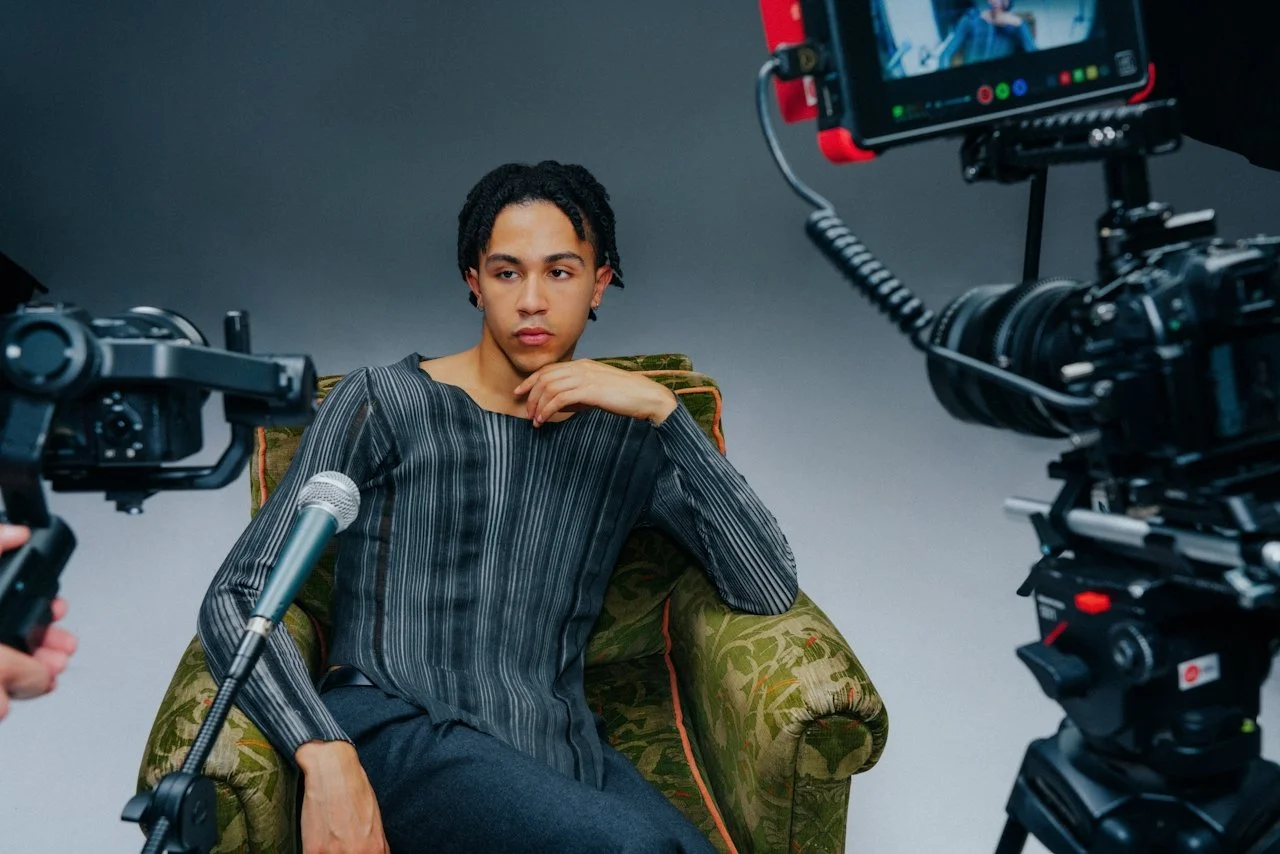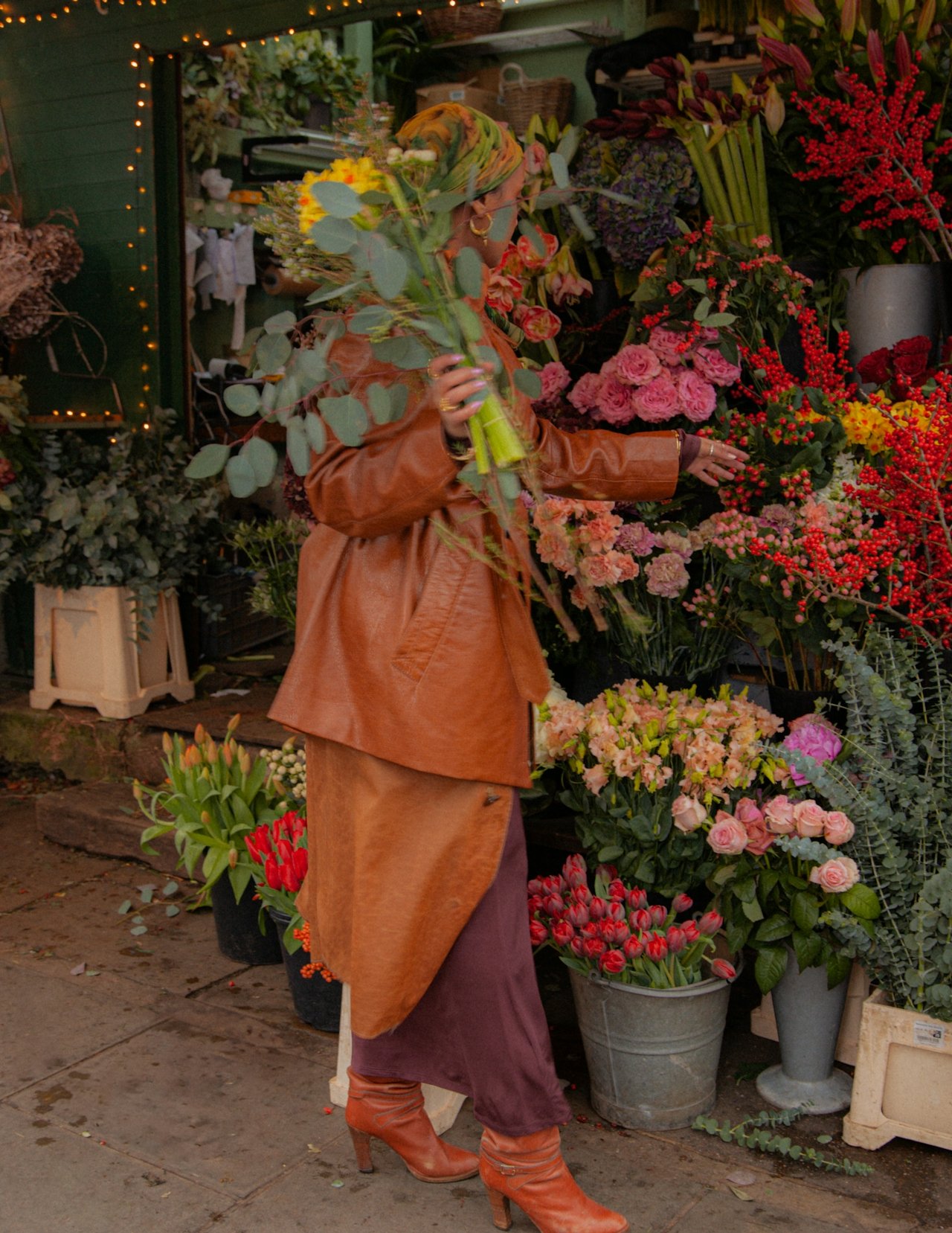
Wanting to Be Seen vs. Being Known: The Fame Trap
[Photo Credit: Jelly Luise]
For closeted queer youth, fame can feel like freedom. It promises visibility, validation, and the chance to rewrite a hidden past. But being seen isn’t the same as being known—and no amount of spotlight can heal the ache for real connection. True healing doesn’t come from applause; it comes from intimacy, self-acceptance, and building a life that feels like yours. The dream isn’t wrong—but the question underneath it matters: Are you chasing a stage, or creating a life where you already belong?

Wear What Feels True: Dressing for Yourself
[Photo credit: Jessica Madavo]
Discover how dressing authentically can support your mental health, affirm your gender identity, and challenge societal beauty standards. This post explores the power of personal style as a tool for self-expression, courage, and liberation.

Building Trust: How to Cultivate Deeper, More Secure Relationships
[Photo Credit: Chris Abatzis]
Building Trust Isn’t All or Nothing
We often think of trust as something we either have or don’t. But in reality, trust is a process—like tending a garden. It grows over time through consistent, intentional actions: really listening, communicating honestly, showing up reliably, and sharing ourselves gradually. Trust doesn’t demand perfection; it asks for presence, empathy, and effort. Whether in friendships, partnerships, or therapy, every small act of trustworthiness is a seed that deepens connection and safety.

Making Peace with Being Single: Finding Emotional Support and Love Everywhere
[Photo Credit: Agustin Farias]
“Smiling into the heart. It’s not to cover over what’s there but rather to create that space…” – Tara Brach
Being single doesn’t mean being unloved. In fact, some of the deepest emotional support can come from friendships, chosen family, community, and the quiet joy of your own company. When you stop seeing singlehood as a lack and start noticing love in the everyday—a friend who checks in, a child’s laugh, the comfort of solitude—you begin to understand: you’re not waiting for love. You’re already living in it.
Instead of measuring your life by what’s missing, what if you celebrated what’s here? Love is the shared meal, the late-night text, the memory that makes you smile. It’s not about finding “the one”—it’s about honoring all the ways love already shows up. Being single isn’t a placeholder. It’s a life. A whole, worthy, beautiful life.

Slowly Trusting: How to Build Trust in Therapy
[Photo credit: Marlen Stanlhuth]
Slowly Trusting: How to Build Trust in Therapy
Don’t tell your therapist anything—until you feel safe.
In a culture that celebrates “radical vulnerability,” here’s your permission to take it slow. Therapy isn't about dumping your story on someone with a clipboard. It's about building a relationship rooted in trust—and that takes time.
Why Trust in Therapy Matters
Therapy works best when there’s a real, human connection. Research backs it up: the relationship between therapist and client is the number one predictor of positive outcomes. Not credentials. Not methods. The connection.
Especially in queer-affirming therapy, trust is layered and complex. Feeling safe, seen, and not stereotyped makes all the difference. Every tiny moment—a therapist remembering your pronouns, or following up on something you said last week—becomes a deposit in the trust bank.
Building Trust, Not Performing Vulnerability
Think of it like hiking unfamiliar terrain. You don’t leap; you test the ground first. You "double-tap" the rock to make sure it’s steady. Therapy can be that way, too. Start with small disclosures. See how they’re received. Do you feel heard? Are your boundaries respected?
Online therapy (telehealth) can sometimes make this easier. It allows you to stay in a familiar environment while exploring emotional territory. And if you’re part of the LGBTQ+ community, searching for queer-affirming therapists online can be a crucial first step toward feeling safe.
Therapy Is a Journey, Not a Reveal
You don’t have to pour your heart out in session one. If your therapist is patient, warm, and consistent, you’ll start to feel that solid ground beneath you. And when you do? That’s when deeper healing begins.
So no, you don’t owe anyone your trauma on a first visit. Trust in therapy is a journey, and it’s okay to take your time getting there.

